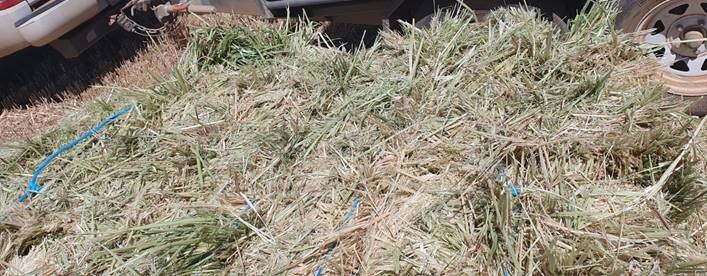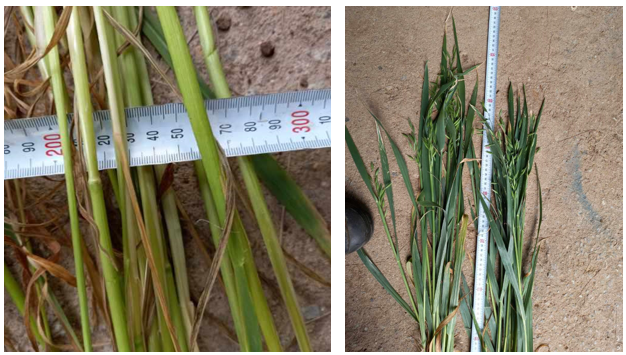Seasonal Update
Goulburn Murray Valley had up to 10mm of rain reported in the area over the past seven days. Significant rain is forecast for the coming week.
South West Victoria saw 60mm of rainfall last week and silage production is up on previous years. Vetch continues to the cut in the Mallee, as well as cereal hay. The weather may not benefit all hay in the Mallee, however, the degree will vary.
Fortune favoured the brave as showers forecast earlier this month discouraged some from cutting. The wait for a clear forecast to cure their hay seen some vetch crops mature and start podding, rendering them unsuitable.
20mm of rain is forecast for the southeast South Australia this coming week. Rain has so far been timely for the area and has produced a good spring. Crops continue to do well.
Drizzly conditions have been prevalent the southwest Western Australia. With damp conditions and a cool change, hay is slow to cure. There are reports that some growers have had hay down for three weeks now.
Figure 1: Last Weeks Rainfall
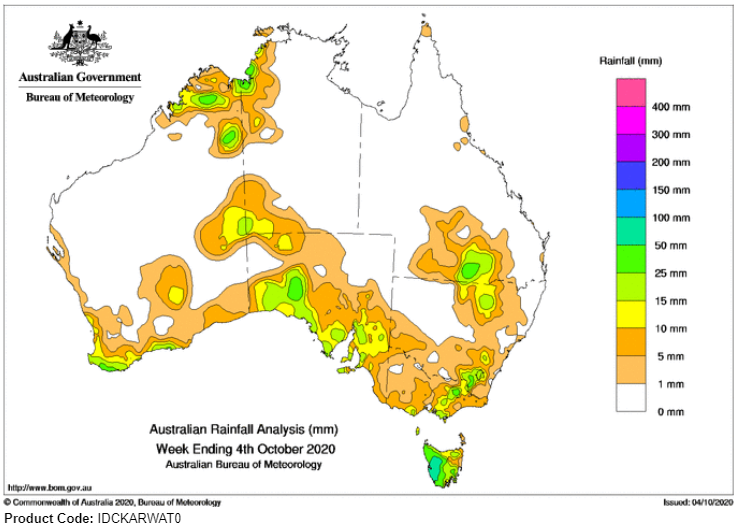
Figure 2: BoM 8-Day Rainfall Forecast
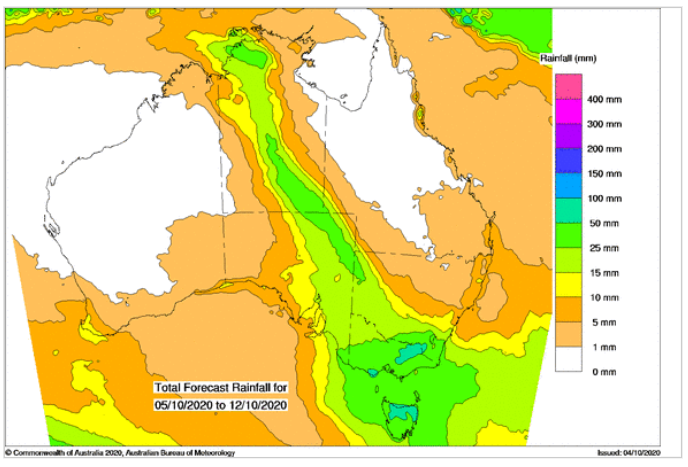
Figure 3: BOM-Australian Landscape Water Balance
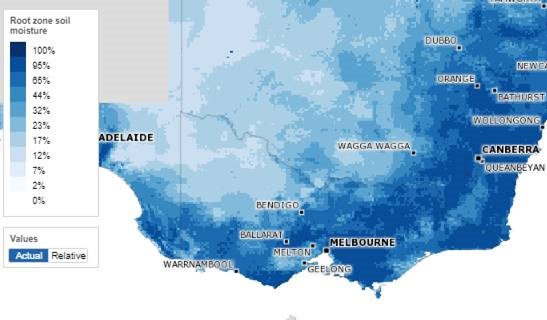
Figure 4: Precipitation Outlook
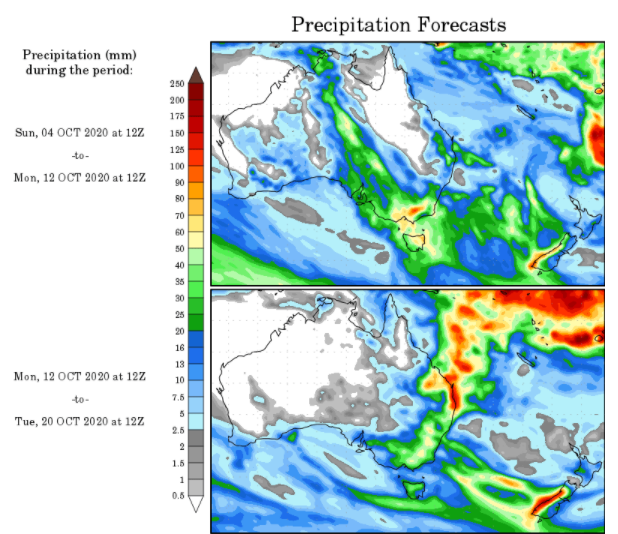
Trading and Marketing
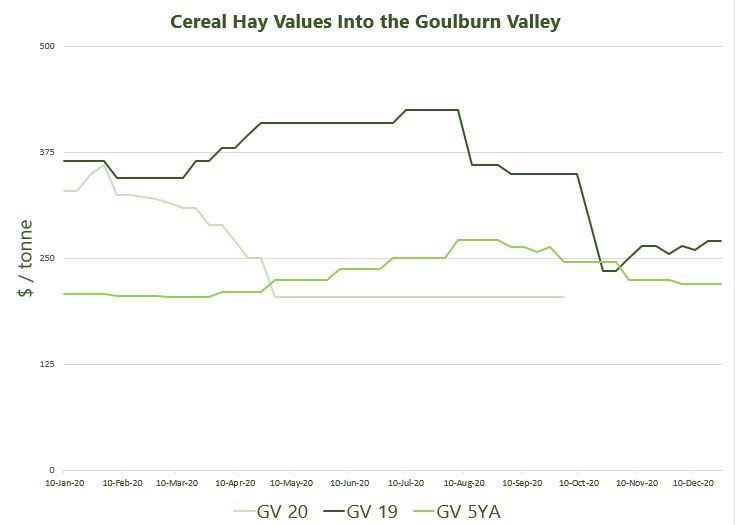
Victoria
| Crops in the Goulburn Murray Valley area are doing well with the warmer days. Wet conditions in July and August are being hedged against with some use of fungicides. Advanced crops are being made into silage. Growers are waiting for the next weather front to pass before cutting any hay. Inquiry is starting to come through for new season vetch and cereal hay in South West Victoria. Hay quality in the Mallee looks set to vary a little more than expected.All prices remain steady this week.
Western Australia
|

